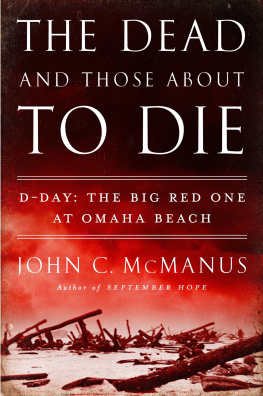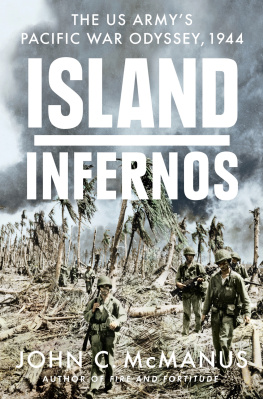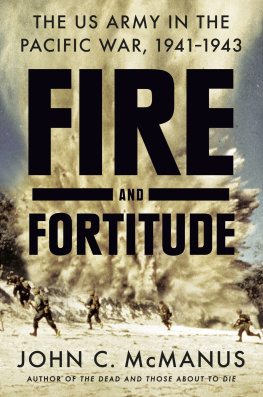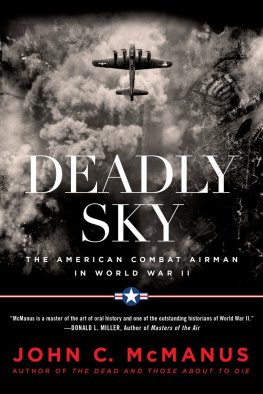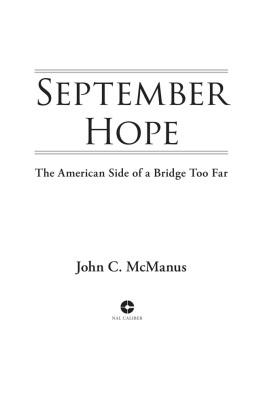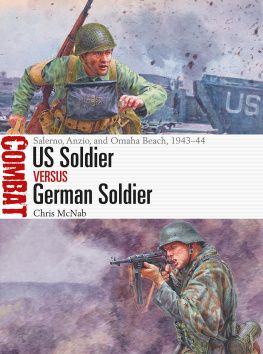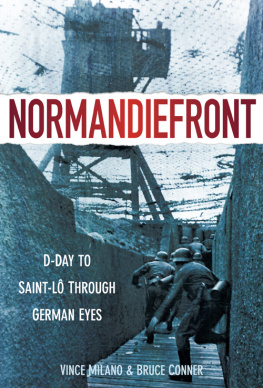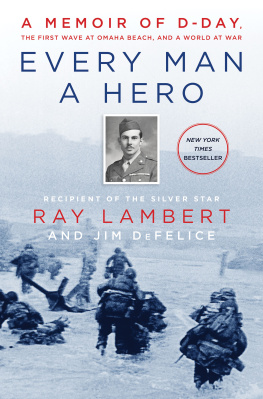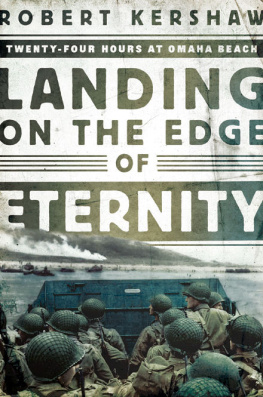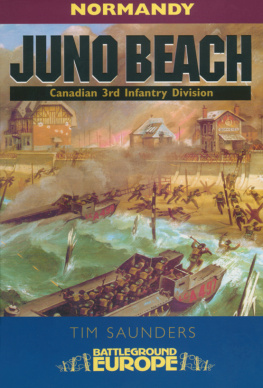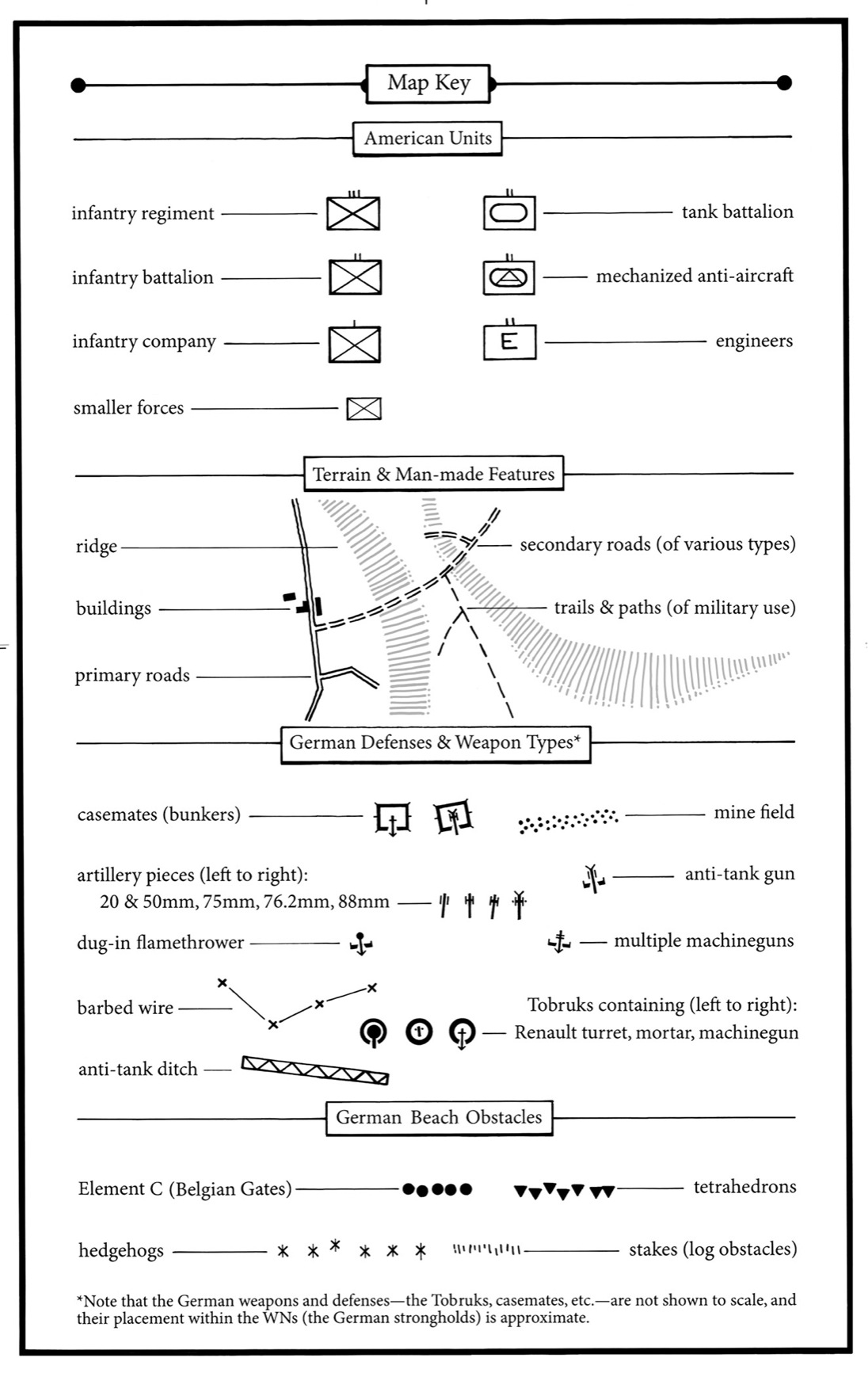J OHN C . M C M ANUS

NAL Caliber
Published by the Penguin Group
Penguin Group (USA) LLC, 375 Hudson Street,
New York, New York 10014

USA | Canada | UK | Ireland | Australia | New Zealand | India | South Africa | China
penguin.com
A Penguin Random House Company
First published by NAL Caliber, an imprint of New American Library,
a division of Penguin Group (USA) LLC
Copyright John C. McManus, 2014
Maps illustrated by Rick Britton. Copyright 2014 Rick Britton
For insert photo credits, see pages 35758.
Penguin supports copyright. Copyright fuels creativity, encourages diverse voices, promotes free speech, and creates a vibrant culture. Thank you for buying an authorized edition of this book and for complying with copyright laws by not reproducing, scanning, or distributing any part of it in any form without permission. You are supporting writers and allowing Penguin to continue to publish books for every reader.
NAL CALIBER and the C logo are trademarks of Penguin Group (USA) LLC.
LIBRARY OF CONGRESS CATALOGING-IN-PUBLICATION DATA:
McManus, John C., 1965
The dead and those about to die: D-Day:
the Big Red One at Omaha Beach/John C. McManus.
p. cm.
Includes bibliographical references and index.
ISBN 978-0-698-14278-7
1. World War, 19391945CampaignsFranceNormandy.
2. United States. Army. Infantry Division, 1stHistory20th century.
3. World War, 19391945Regimental historiesUnited States. I. Title.
D756.5.N6M37 2014
940.54'21422dc23 2013044309
PUBLISHERS NOTE
While the author has made every effort to provide accurate telephone numbers and Internet addresses at the time of publication, neither the publisher nor the author assumes any responsibility for errors, or for changes that occur after publication. Further, publisher does not have any control over and does not assume any responsibility for author or third-party Web sites or their content.
Version_1
Contents
The First Division from top to bottom believed it was the best infantry division in the United States Armyand conducted itself accordingly. In all its battles in Africa, Sicily, France, Belgium and Germany, there never was one quite like the battle of Omaha Beach. In that battle alone the Fighting First won a niche among the immortals of American history.
Don Whitehead
To the soldiers of the Big Red One, no matter the generation
To my family:
Big Mama, Pops, Mike, and Nancy
In grateful appreciation for the substantial support provided by the First Division Museum at Cantigny.
MAPS

FOREWORD
D esperate. Hellish. Disastrous. Catastrophic. Traumatic. Shocking. Bloody.
Anyone who was at Omaha beach on June 6, 1944especially in the morning or early afternoon of that momentous dayis likely to have used one or more of those powerful words to describe it. At Omaha beach, the stakes were so high, and the fighting so bitter, that the very name evokes something legendary, even iconic. Originally dubbed Beach 46 by Allied planners in the spring of 1944, this four-and-a-half-mile strip of rocky Norman coastline is now hallowed ground, as is the sprawling cliffside military cemetery that broods over it like a melancholy sentinel. The battle fought at Omaha beach is among the most famous in American history, occupying a solid niche in the cultural memory alongside such iconic bloodlettings as Bunker Hill, Antietam, Gettysburg, the Bulge, and Iwo Jima. Omaha beach is a symbol, a powerful tale of extreme adversity and ultimate victory.
Amid the sand and stone of this troubled, fire-swept beach, a drama played out that helped decide the future of humanity. Indeed there is something so compelling, so significant, about Omaha beach that all my life I have been irresistibly drawn to it, like the proverbial moth to a flame. I have spent a quarter century studying it intently, first as a young tourist, later as a Normandy scholar, eventually as a battlefield historian and author of a book on the Normandy invasion. And I have come to believe that Omaha beach is better known than it is understood; that in spite of several outstanding works by excellent historians, and at least one brilliant film portraying the fighting, there is actually more to the story. The battle for Omahanot to mention the Normandy invasion of which it was just one partwas such a vast, complicated, multilayered saga that it is still possible to gain new insights about it. I think the key to these new insights centers around the 1st Infantry Division and the ferocious battle it fought to secure the eastern section of the beach. By the spring of 1944, the Big Red One was arguably the most combat-experienced, and certainly the most cocksure, division in the Army. Only the equally accomplished 3rd Infantry Division could matchor exceed, in the view of that divisions self-proclaimed dogface soldiersthe combat record of the 1st Infantry Division. Though the Big Red One had suffered heavy casualties in North Africa and Sicily, plenty of veterans remained to lead the way at Omaha, along with a vast array of combat-tested leaders, staff officers, and specialists. As a result, the division carried with it a distinct identity as rebellious and resentful (even mischievous in garrison) but extremely reliable and effective in combat. The division could fight and it could produce results. It was perceived by the American high command as the first string, tempestuous perhaps, but talented and dedicated, a go-to outfit. Twenty years after D-Day, General Omar Bradley, in retirement, would write, Thank God for the First Division. Any inexperienced division might not have made it that day.
Yet, curiously, the 1st Divisions critical role at Omaha beach has tended to be overshadowedat least in historical memoryby the equally serious fight of the 29th Infantry Division and U.S. Army Rangers elsewhere at Omaha. The most famous example is Steven Spielbergs masterful, searing portrayal of the fighting at Dog Green beach, located in the heart of the 29th Division sector, in his enormously influential film

